Review: Apple iPhone SE for AT&T
Apr 7, 2016, 3:30 PM by Eric M. Zeman
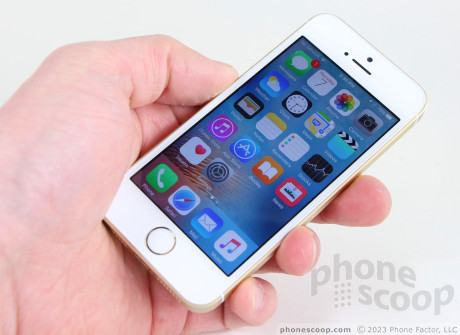
The Apple iPhone SE should appeal to those who like 'em small and like 'em cheap(er). With a 4-inch screen and compact footprint, the iPhone SE packs a lot of punch into its frame. Thanks to updated specs and a fresh version of iOS 9.3, the SE performs almost as well as Apple's larger iPhones. Here is Phonescoop's in-depth report.
Hardware
Is It Your Type?
The iPhone SE is meant for those who want the best performance in a compact smartphone. This handset carries over many of the attractive features of the larger iPhone 6s and 6s Plus and puts them into a smaller, less-expensive (but maybe too-familiar) chassis.
Body
The iPhone SE is more or less identical to the iPhone 5/5s. In fact, I pulled the case off my 2012-era iPhone 5 and slipped it onto the SE. It fit perfectly. That tells you a few things.
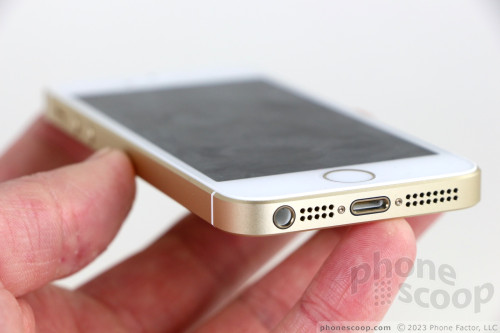
Many view the iPhone 5 as the pinnacle of Apple's hardware design. It was an attractive phone when Apple released it in 2012 and it's an attractive phone now. I like the metal body, flat edges, and curved corners. The iPhone 6 and 6s, by way of comparison, have a bit less personality with their rounded side edges and slightly flatter profiles. The iPhone SE is every bit as aesthetically pleasing as the 5 and the 5s were before it.
It's also Apple at its laziest.
I fully understand why Apple wants to have a 4-inch device. The smaller form factor appeals to many consumers, and the lower $399 starting price doesn't hurt. Economically, the iPhone SE makes perfect sense for Apple. It probably has a fine-tuned manufacturing operation for the device in place and an abundant supply of core components, such as the chassis and front panel. Still, it wouldn't have killed Apple to offer iPhone buyers an all-new device and I truly wish Apple had come up with a fresh design. (Seriously, is the much-vaunted Jony Ive out of ideas or something?) That said, people who have invested in accessories or other accompanying products for their iPhone 5 or 5s can take comfort in knowing that the iPhone SE will drop right into place.
The SE is a really great size when it comes to usability. At 4.87 by 2.31 by 0.3 inches, it's a tiny device in a land filled with giganto-phones. My thumb can effortlessly reach the entire display. If you have small hands and have been avoiding the iPhone 6s and 6s Plus because of their size, the iPhone SE is for you. It's smaller than the majority of smartphones out there. Sticking it into your pocket won't be a problem.
You can't ask for a higher-quality piece of hardware. The metal and glass pieces are fitted together perfectly. It is assembled precisely.
I like the color selection, which Apple has homogenized across its iOS lineup. The phone is available in space gray, silver, gold, and pink. All of the finishes have a texture that's just barely visible to the eye. The space gray model has black glass panels and matching black lines embedded in the side edges, while the other three have white glass panels and white lines. The iPhone SE is all class and no flash.
The front of the phone is minimalistic. I prefer the look of the black glass to the white glass, as it does a better job of hiding the hideous large bezels. (Apple needs to get its bezel game under control on all its devices.) A slit in the glass above the screen makes room for the earpiece speaker. A sensor is next to the speaker and the user-facing camera is above it. The home button is set apart visually by a color-matched rim. The button's travel and feedback are good.
Apple placed the individual volume buttons on the left edge of the iPhone SE. They are round and etched with the appropriate "+" and "-" to let you know which is which. The buttons have great travel and feedback. The phone doesn't have a dedicated camera button, but the volume keys can be used to take pictures when the phone is in camera mode. Apple is one of a few phone makers that still includes a physical silent switch. Positioned above the volume toggles, the silencer lets you make the phone totally quiet, or put it in vibrate mode. The SIM card tray is buried in the right edge of the phone.
The screen lock button is on top. Most phones place this button on the right edge these days, but the iPhone SE is small enough that it can get away with placing the button along the top. Apple products use the company's proprietary Lightning connector instead of the industry-standard USB. Like the newer USB-C, Lightning is reversible; this makes it easy to use, but you're stuck buying Apple's pricey cables. The speakerphone and headphone jack join the Lightning port on the bottom.
Like nearly all Apple products, the iPhone SE's battery is sealed inside. It cannot be removed or replaced. This probably annoys some people, but not enough to stop hundreds of millions of consumers from buying iPhones since 2007.
The iPhone SE is not for me. I gladly use phones with large screens. Even so, the SE is a well-made product that is every bit an iPhone. It delivers a high-quality experience in a hand-friendly package.
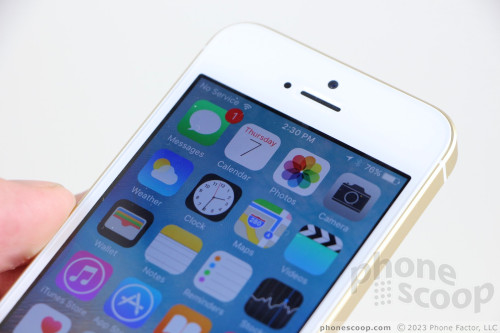
Screen
It's hard to be super-impressed with the iPhone SE's screen. It measures 4 inches across the diagonal, which is at least 1 inch too small for my tastes. The resolution runs 1136 by 640 pixels, which puts the SE well below what's required to qualify as "high definition." Pixel density runs about 326ppi. It offers smooth enough text and sharp enough imagery, but there are better displays out there. Colors are accurate and brightness is good. I did notice a significant amount of brightness drop when the phone is tilted side to side. This is typical of LCDs, but it was somewhat more pronounced on the SE's screen than others I've tested lately. Even so, I was able to use the iPhone SE outdoors without issue.
Signal
I tested the SE on AT&T's network in the metro NYC region over the course of several days. It performed above average for an AT&T handset in maintaining a connection. The design may have been carried over from the iPhone 5/5s, but most of the inner components have been updated. The SE remained connected to AT&T's LTE 4G network the entirety of the time I tested the phone. (It didn't switch to 3G at all while I used it.) The SE connected most calls on the first dial even in areas with poor coverage. The phone maintained a call while traveling at highway speeds, and it didn't drop or miss any calls. Data speeds were solid. The SE was very quick to load web pages, and video-heavy apps like Facebook and Twitter ran smoothly.
Sound
The SE is one of the best iPhones I've used when it comes to voice calls. The earpiece produces clean audio that is easy to hear even in noisy environments. I was pleased with the clarity and warmth of voices, and those I spoke to through the SE said I sounded very good. I did tend to keep the volume set to the maximum, but you can keep it at about 50% or 60% most of the time with no trouble. The speakerphone produces good, clear calls. It works very well as a speakerphone around the house, the office, and in the car. It suffices for listening to music, but you're better off with headphones. Ringers are more than adequate and the vibrate alert never failed to get my attention.
Battery
The iPhone SE's battery has a maximum capacity of 1624 mAh, which is quite low for a smartphone these days. I found it to be more than adequate for the SE, though, as it easily delivered more than a full day of hard usage. I used the phone during a day-trip to Manhattan and it had plenty of power left when I got home. I used it for navigation, checking my calendar, listening to music, and of course staying on top of my social network feeds. I kept all the radios on at all times, and set the screen to about 50% brightness. If you do the same, you should see about the same mileage I did. Bottom line, the iPhone SE does better than the 5 or 5s did with respect to battery performance.
With the iOS 9.3 operating system on board, you can turn on low-power mode if you find yourself running low. Low-power mode limits background tasks, turns down the screen brightness, and silences some notifications. Apple says low-power mode adds a couple of hours to battery life.
Like the iPhone 6s and 6s Plus, the iPhone SE lacks rapid charging and wireless charging. I don't mind the lack of wireless charging overmuch, but rapid charging would be helpful. After 30 minutes hooked up to an iPad charger (which can push a higher wattage), the iPhone SE's battery improved from 0% capacity to just 20% capacity. Today's high-end Android phones can charge much faster than that.
Radios
The SE's Bluetooth radio performed very well. I had no trouble connecting it to my car, headsets, and stereo speakers. The calls I took through my car's hands-free system were quite good in terms of clarity and volume. Music sounded OK through a Bluetooth speaker, but I've heard better.
The SE has NFC, but it only works with Apple Pay. You cannot use it to help pair with Bluetooth accessories, for example, which I did manually for each device. Apple tucked the NFC antenna somewhere on the back surface, probably under the glass panel near the top. It works fine with Apple Pay.
The GPS radio worked perfectly. The iPhone SE located me quickly in Apple Maps. Apple Maps now includes transit directions for select U.S. cities. It was effective in helping me plan a route around Manhattan using the subway, as well as when walking the city streets.
The WiFi radio didn't give me any trouble. It was very reliable.
Software
Lock Screen
The iOS lock screen experience is flexible enough that you can fill the screen with notifications at all hours, or leave it a blank space, save for the clock.
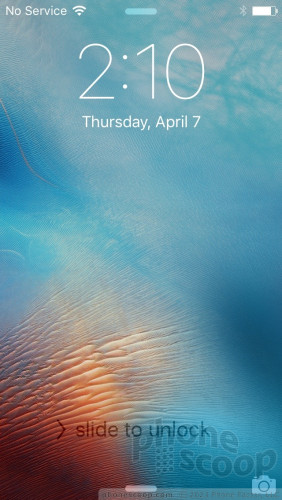
The iPhone SE has Apple's Touch ID fingerprint sensor. It works very well. I was able to train several prints and use them successfully to unlock the phone and approve purchases. It isn't quite as fast as the newer sensor on the iPhone 6s, but it is fast enough for everyday use. I found it to be quicker and more reliable than entering a password or PIN, but those options exist, should you prefer.
You can wake the screen by pressing the button on top of the phone. When you do this, you'll see the big clock at the top of the display with two app shortcuts at the bottom. The shortcut in the left corner varies (automatically), while the shortcut on the right corner is always the camera. You can use the camera without unlocking the phone, but not other apps, like the browser.
iOS 9 also permits users to access the Control Center and the notification shade from the lock screen. I've come to rely on Control Center for quick access to the flashlight, music, and brightness controls. The same goes for the notification shade, which includes a pretty powerful "Today" tab that supports widgets. The widgets add info from your calendar, as well as the weather, news, reminders, and so on.
Handling notifications can be a bit of a chore in iOS. You can manage how each app sends notifications individually, but this becomes tiresome if you have lots of apps. I do like the fine-grained flexibility, though, which lets you choose to have no alerts, banners, badges, or popups.
Home Screens
The iPhone SE ships with iOS 9.3, which is only a minor update to iOS 9. The behavior of the home screens has not changed much over the years.
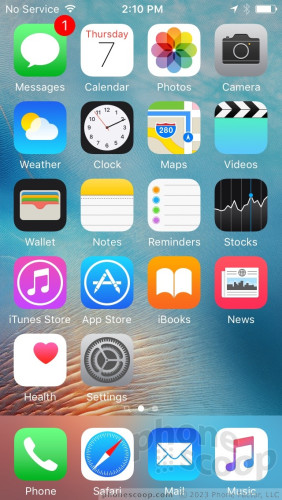
iPhone owners can place up to 24 apps on each home screen, or many more in folders. iOS doesn't support widgets on the home screen, and apps still snap up and to the left into a self-forming grid. Four apps of your choice are always accessible from the dock at the bottom of the screen. You can add an infinite number of home screen panels and change up the usual stuff, such as wallpapers.
The settings tools grow in number each year, but their organization and usability is about the same as always. It's a cinch to adjust the SE's behaviors. iOS allows you to tweak font and icon sizes, but there's nothing fancy like themes.
The iPhone SE supports the "Hey, Siri" trick to launch and interact with Apple's personal assistant hands-free. It works well. The SE doesn't support 3D Touch, which is one of the hallmark features of the iPhone 6s and 6s Plus. This is a shame.
The iPhone SE has Apple's A9 processor with M9 motion co-processor. This is the same pair of chips found in the iPhone 6s and 6s Plus. That makes the SE a very fast phone. The processor has no trouble at all powering through apps and games. The difference in performance is palpable; the SE absolutely screams. It is a fast, fast phone.
The newer processor also makes this a much more future-proof phone compared to the iPhone 5s. You shouldn't have to worry about future versions of iOS not working, or slowing down your iPhone SE.
iOS 9.3 Additions
The biggest addition to iOS 9.3 is Night Shift. Night Shift purports to help people get to sleep easier by reducing the amount of blue light on the screen. The effect turns the screen yellow-ish, which is supposed to be easier on your eyeballs. Does it work? I can't really say.
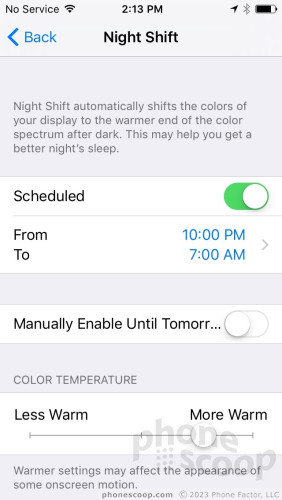
The revised platform also makes it possible to secure the Notes app. The security tools are found in the main settings. You can elect to use a password, PIN, or Touch ID to secure the app. It works perfectly.
Apple News has been adjusted, as well. Apple says the stories that populate the "For You" section should be tailored more finely to individual users' interests. I found it suggested more articles in Rolling Stone than it did before, so it sort of works? One new feature in Apple News that definitely works is landscape viewing. This is especially important when viewing videos. Apple News is also less sluggish, which is perhaps the most important improvement.
Camera
The camera app is the same one as on every other iPhone running iOS 9.x. You can launch the camera from the lock screen, Control Center, or from the home screen. It opens in a snap.
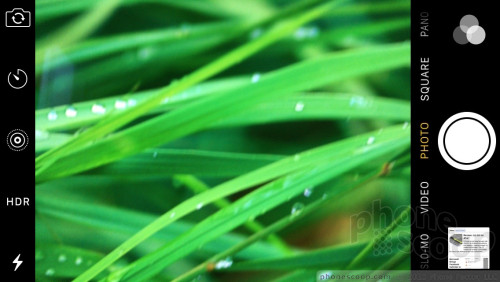
Apple has bestowed the camera app with several modest shooting modes, which include normal, square, and panorama images, as well as video, timelapse, and slow-motion. Swipe the screen to switch between the modes. This is one aspect of the camera I wish was faster. It takes a lot of swipes to go from the square picture mode to slow-motion, for example.
On-screen controls include the shutter button, access to filters, user-facing camera toggle, HDR, flash, timer, Live Photos, and a gallery shortcut. Both the flash and HDR can be set to “auto”.
Live Photos were the big new camera feature in the iPhone 6s and 6s Plus. Shooting Live Photos captures 1.5 seconds of video before and after you press the shutter button. The iPhone SE then assembles these into a combined image that includes movement and sound. It's a lot like the HTC Zoe, but Live Photos is easier to use, and easier to share thanks to support on Mac OS and Facebook.
The SE also includes the Retina Flash for enhancing those all-important selfies. Instead of a dedicated LED, the phone will brighten the screen for a second when taking selfies. Retina Flash fires off a preflash to detect the lighting around you. It then adjusts the tone of the flash to match the ambient light. The effect is surprisingly good. I was impressed with the quality of illumination and the accuracy of skin tones in the resulting images. It goes a long way to improving the end results.
The iPhone SE's camera is very easy to use. I wish switching between shooting modes were faster. Otherwise, it's a very quick camera and offers just the right balance of tools to allow for some creativity.
Photos/Video
The SE has a 12-megapixel sensor, similar to that of the iPhone 6s and 6s Plus. I think it's safe to say the iPhone SE takes better pictures than any other 4-inch phone on the market.

The images I captured with the SE were sharp, colorful, and well-exposed. Apple's software is incredibly good at balancing all the elements that make a great picture (except for the framing, of course; that's on you.) The sensor really does a fine job with exposure and I was pleased with the majority of results. The only weakness I saw was in low-light situations. Images taken in darker environments tended to show a bit more grain than I like. Using the flash can help when shooting nearby subjects, like people who are several feet away.
The selfie camera is rather pitiful at 1.2 megapixels. I get that the SE isn't a flagship, so I didn't expect to see an 8-megapixel camera on this phone. I was hoping for 5 megapixels, as on the iPhone 6s. It's not like Apple doesn't have the parts laying around. Anyway, the SE takes decent selfies when you're outdoors, but not so much inside. Grain really flares up in low-light shots and generally necessitates use of the Retina Flash. The Retina Flash does its job pretty well, but you need to be relatively close for it to really work.
There's no doubt that the iPhone SE has the best camera available on a $400 phone, but there are better cameras out there. The Galaxy S7 and S7 Edge, for example, are outstanding, altbough they cost 50% more.
The iPhone SE can record video at 720p, 1080p, and 4K. The default is 1080p. No matter which option you choose, the results look very good. The iPhone SE produces high-quality video. I was very pleased with the footage I captured. Stay away from 4K. The video looks great, but it chews through incredible amounts of storage.
You can use the iPhone SE as your main camera and video camera most of the time.
Apple Apps
The iPhone SE has tons of apps you can't delete, such as iBooks, Compass, Find Friends, Game Center, Health, Mail, News, Notes, Podcasts, Reminders, Stocks, Tips, Voice Memos, Watch, and Weather. Many of these apps are no good or will never be used by most people. Apple, it's past time to let people get rid of bloatware.
It's important to note that the SE comes in 16GB and 64GB. There is no 32GB or 128GB model. The 16GB model is practically useless thanks to its limited storage space. Skip it and spend the extra $100 (ugh) for the 64GB model.
Wrap-Up
The iPhone SE is a fine phone when considered by itself. I prefer bigger handsets, but the SE delivers on the core features that make a modern smartphone a good smartphone.
The SE's design is appealing, the materials and manufacturing top-notch, and key behaviors, like voice quality, battery life, and data speeds, all hit the mark. The camera is quite good, and features such as Touch ID and Apple Pay mean the iPhone SE has a future in Apple's larger ecosystem. iOS 9.3 runs well on the SE and apps on the phone performed at excellent speeds.
The two elements likely to appeal most to people are the size and the price. There's no doubt the SE is a one-handed phone that's easy to use. If you're averse to phablets, then the iPhone SE may be for you. The starting price of $399 is no doubt attractive, but most will be better off spending $499 for the model with more storage.
As good as it is, I am disappointed that Apple essentially recycled a four-year-old design in the SE. If you don't mind the 2012-era design, the iPhone SE is certainly a nice upgrade from the iPhone 5 or 5s. If you're on the fence about the size, I'd suggest the iPhone 6s instead.

Comments
So it's really $500
Not to mention it's nearly impossible to find a 64GB model in stock anywhere. I'm on the verge of abandoning the Apple ecosystem after ...
(continues)
64GB Out of stock everywhere
Apple, once again shooting itself in the foot by releasing an inferior 16 GB model, 2 of the 4 colors are completely unnecessary as well...
A little too much whine
We get it, the phone is small. Some people want small phones, I know many 5s holdouts that were going to leave the brand if a replacement didn't come out by the time their phones wore out.... Which turns out a win win using the same case design too, they can keep their accessories! As for the battery. How about comparing it to the device it's replacing? mAh doesn't translate well between mobile platforms, so it is irrelevant as a commentary device.
(continues)


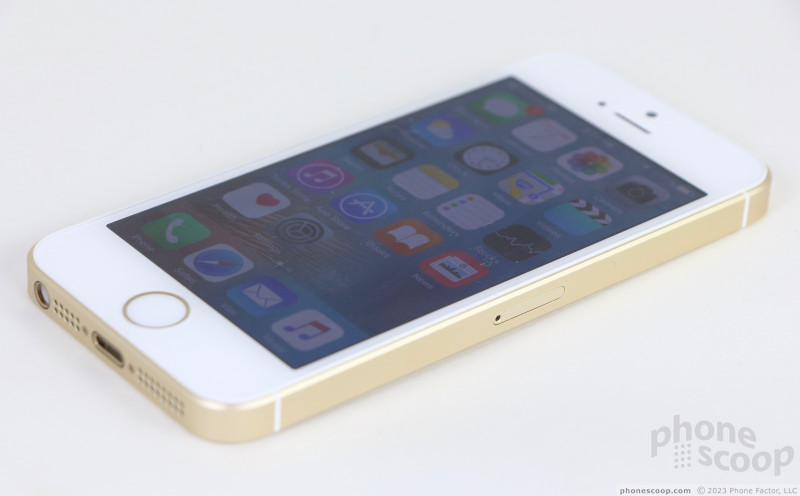

















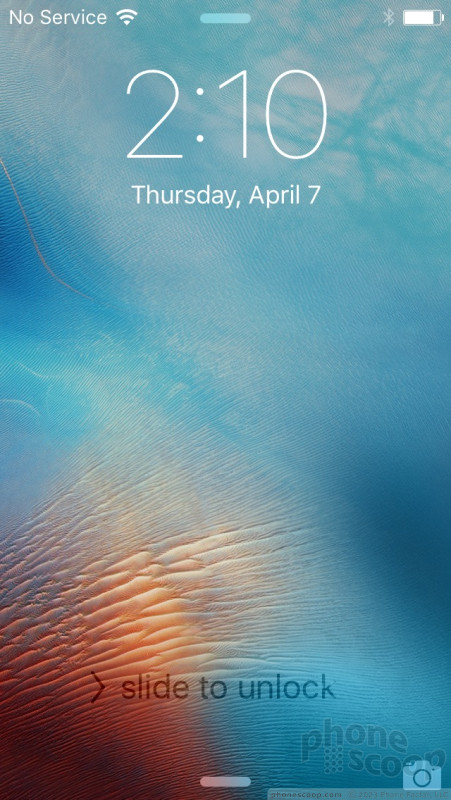






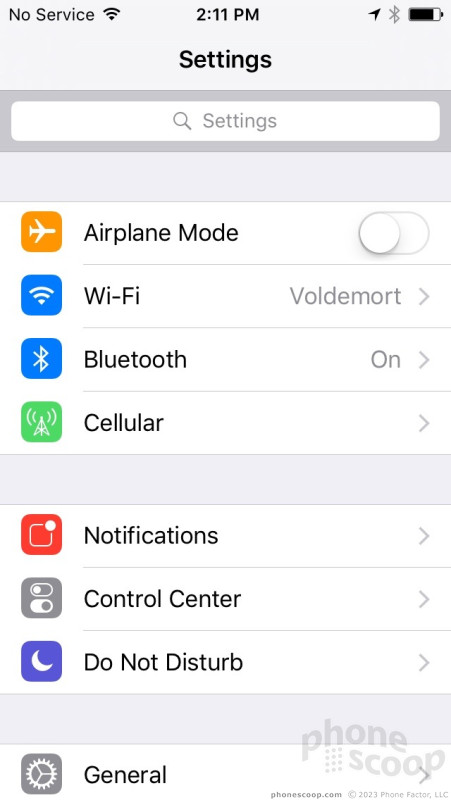





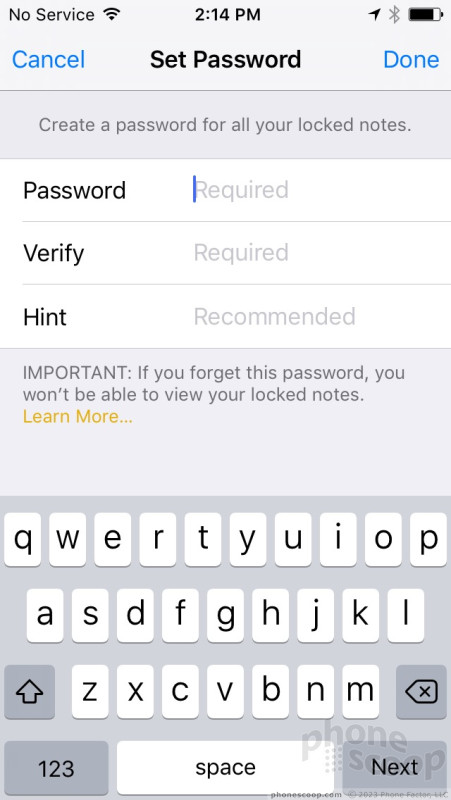






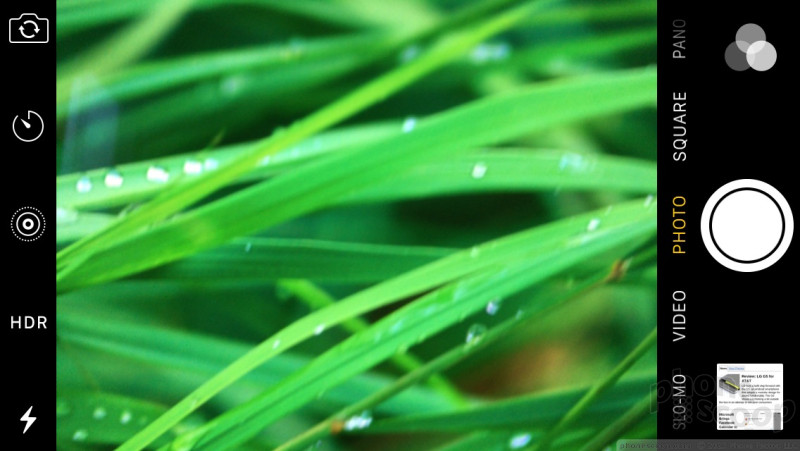


















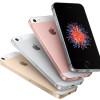 Apple Improves Storage Options for iPhone SE
Apple Improves Storage Options for iPhone SE
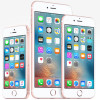 MetroPCS Opens Up iPhone Sales Nationwide
MetroPCS Opens Up iPhone Sales Nationwide
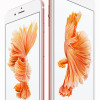 MetroPCS to Sell the iPhone
MetroPCS to Sell the iPhone
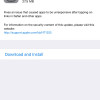 Apple Releases iOS 9.3.1 to Combat Safari Bug
Apple Releases iOS 9.3.1 to Combat Safari Bug
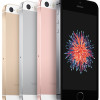 Apple Reveals Smaller iPhone SE
Apple Reveals Smaller iPhone SE
 Apple iPhone SE (2016)
Apple iPhone SE (2016)







